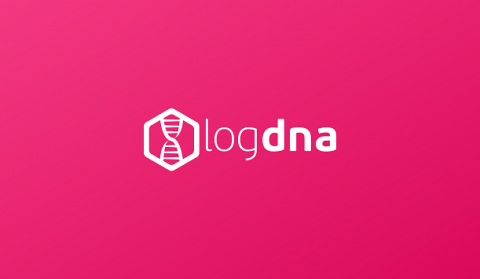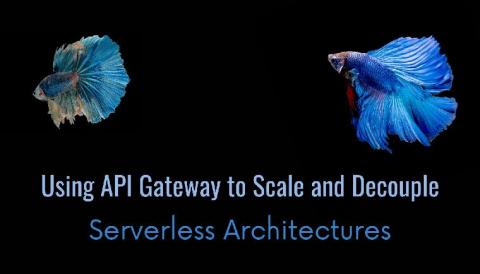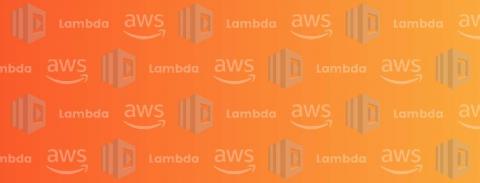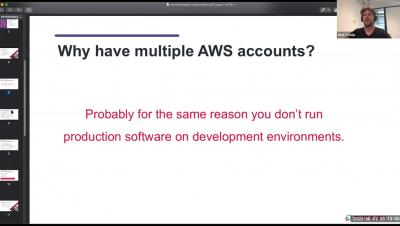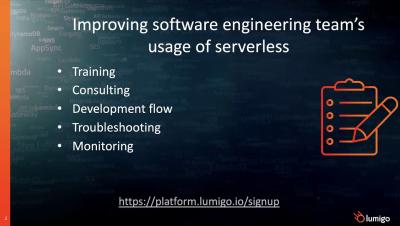Automating serverless workflows with Amazon EventBridge
Event-driven applications have become the foundation for developing modern digital applications. Application workflows are easier to automate with serverless frameworks, and Amazon EventBridge has revolutionized the way serverless applications are built. Since serverless is the new cool kid in the town, there has been a lot of infrastructure reengineering. This blog describes how alert-driven business logic can automate serverless workflows using Amazon EventBridge.



